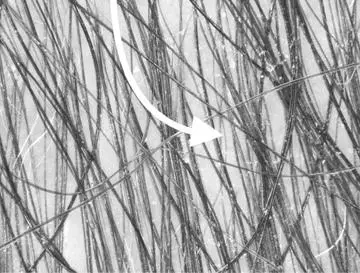Unlike some cosmetic and health fields where treatment preventions can start before any symptoms occur, hair loss is a condition not everyone will experience. When we talk about prevention as it relates to hair loss, the focus of this discussion is preventing further hair loss, not preventing hair loss from ever appearing. Likewise, any "prevention" approach to hair loss, we only recommend after miniaturization has begun.
Preventing Further Loss
Unlike some cosmetic and health fields where treatment preventions can start before any symptoms occur, hair loss is a condition not everyone will experience. When we talk about prevention as it relates to hair loss, the focus of this discussion is preventing further hair loss, not preventing hair loss from ever appearing. Likewise, any "prevention" approach to hair loss, we only recommend after miniaturization has begun.
What can be done to prevent further loss? Start hair restoration treatment as soon as possible. Follicles are more receptive to any therapy in the early stages of thinning, and also, a more extensive breadth of therapy options is available at this point. Once the hair loss is in an advanced state, the therapy options are limited, and much of the damage may be permanent. Thus, improving the chances of preventing further hair loss can be done by seeking treatment as soon as you start to notice subtle changes.
It's easy enough to recommend taking action at the earliest sign, but if you've never experienced the early stages of thinning and hair loss (which can be very subtle and not especially noticed), the signs can be hard to recognize. Some patients may only solicit treatment after another person observes more scalp is visible than normal. However, even by this point, your hair is well into miniaturization. You can lose about 50% of your hair before the public notices you have thinning or are losing hair (and you will know well before it reaches this 50% mark).
So the question becomes, how do I know if I'm in the early stages of hair loss? There are a few measurements we make in the office and track through follow up appointments..
Photographs
 First, photographs are necessary to track progression, but it is not just the macro view that is important. (This would be a standard photograph of the patient from different angles.) Obtaining the micro view of the hair follicles, or the trichoscopy view is also crucial. With this perspective, we can see magnified pictures of individual hair follicles to check if miniaturization is beginning to take place.
First, photographs are necessary to track progression, but it is not just the macro view that is important. (This would be a standard photograph of the patient from different angles.) Obtaining the micro view of the hair follicles, or the trichoscopy view is also crucial. With this perspective, we can see magnified pictures of individual hair follicles to check if miniaturization is beginning to take place.
Medical treatments work best on follicles which have not reached the point of “no return.” While the follicles are in a midrange of miniaturization, they are still receptive to any treatments, but once the follicle miniaturizes smaller than 40 microns (microns are how we measure follicles), it may not respond.
Hair Check
Second, it is necessary to take an objective hair density measurement before the problem advances using an instrument called Hair Check. Hair Check allows us to document a baseline hair density measurement that we can repeat.

If the density of hair at the same location on the scalp goes down over time, this provides a very early warning sign that miniaturization has begun, prompting a conversation about treatment options. (However, it is important to note, even if miniaturization has started, it could be 15 years before recognizable to the public.) So it is a powerful way to identify thinning hair and also to track the effectiveness of restoration treatments over time.
A Hair Check is akin to measurements we make in other areas of medicine, where tracking changes are vital. For example, baseline EKGs, chest x-rays, and blood work, we monitor throughout our lifetime, and when a change occurs, it tells us something about our state of general health. Likewise, hair density measurements tracked over time provides information about the general nature of our hair and considerably enhances the chances of preventing further hair loss by facilitating treatment while the follicle is still susceptible.
At HT&RC, we incorporate these forms of visual and numerical measurements as well as all recognized surgical and nonsurgical treatments for hair loss. It is essential to make these baseline measurements earlier than later, so if you’ve noticed any changes in your hair, we’d love to have a conversation with you about all the things we can help you do to ensure a healthy scalp and healthy hair.






